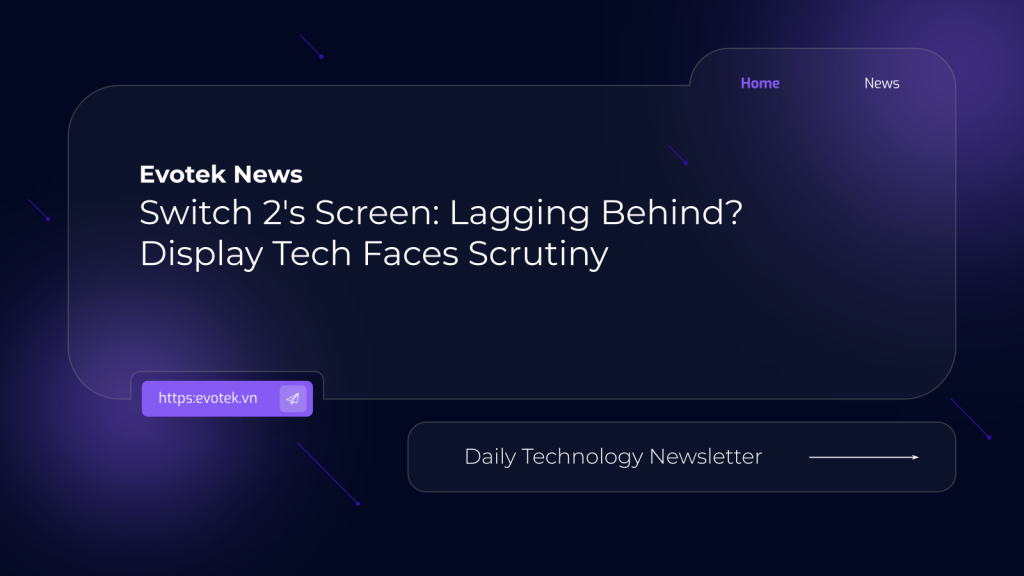The highly anticipated Nintendo Switch 2 is making waves, but not all the attention is positive. Early independent testing suggests the console’s 7.9-inch IPS display might be a significant drawback for some gamers.
Display Speed Concerns Surface
Reports are circulating regarding the Switch 2’s screen performance, specifically its pixel response time. Gamers have noted blurring and smearing during fast-paced gameplay, sparking concerns about the display’s capabilities. Independent analysis appears to confirm these concerns.
Independent Tests Reveal Slow Response Times
According to data from Monitors Unboxed, the Switch 2 exhibits an average pixel response time of 33ms at 60Hz. This is considerably slower than many gaming monitors on the market. For comparison, even the slowest monitor previously tested by the YouTube channel clocked in at 19ms. A typical high-performance gaming LCD monitor boasts response times in the 5-6ms range.
In fact, some TN LCD panels can achieve speeds as low as 3.7ms. OLED panels, known for their rapid response, often measure around 0.3ms, making them significantly faster.
Worse Than the Original?
Adding insult to injury, tests indicate that the original Nintendo Switch’s LCD screen had a faster response time (around 21ms) than its successor.
Overdrive: The Missing Link?
The likely culprit behind the Switch 2’s slower display is the absence of overdrive technology. Overdrive increases voltage to LCD pixels, forcing faster color changes. While aggressive overdrive can lead to “inverse ghosting,” proper implementation significantly improves pixel response times. Without it, the result is often a blurrier image.
Battery Life Trade-Off?
Why omit overdrive? One compelling theory centers on battery life. Overdrive increases power consumption, and the Switch 2’s battery is relatively small. Nintendo may have prioritized battery conservation over optimal display performance. Some speculate the display might even be undervolted.
Hope for Improvement?
The good news is that Nintendo could potentially address this issue with software or firmware updates. Introducing an optional overdrive mode, even with a battery life trade-off, could appease gamers sensitive to display lag.
The OLED Option Looms
History suggests a potential solution. Following the original Switch, Nintendo released an OLED model with dramatically improved display performance. A Switch 2 OLED variant is likely in development, offering a superior visual experience for discerning gamers. If you’re concerned about blurring and smearing, it might be wise to await a potential OLED refresh.
Tags: Nintendo Switch 2, Display, LCD, OLED, Gaming, Handheld, Pixel Response Time, Overdrive

 日本語
日本語 한국어
한국어 Tiếng Việt
Tiếng Việt 简体中文
简体中文